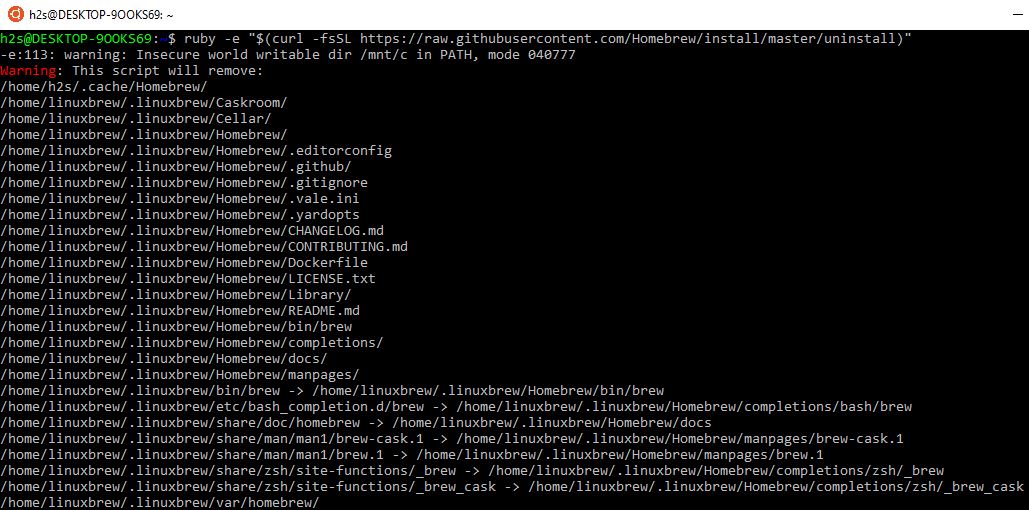

The play command line utility uses Python. Play will use the default Java or the one available at the $JAVA_HOME path if defined. If you wish to build Play from source, you will need the Git source control client to fetch the source code and Ant to build it.īe sure to have Java in the current path (enter java -version to check). To run the Play framework, you need Java 5 or later. Please ensure you trust the developer you’re running unsigned code from before opening it on your machine.You are viewing the documentation for Play 1. Your jdk might have a different version or a different tool might be in an entirely different location.Īs usual, quarantine is there to protect your computer from unsigned software. The -d flag removes an attribute, is the quarantine attribute for unsigned code we discussed earlier and the final argument is the path to the file. The command line tool xattr is used for modifying or inspecting file attributes on macOS. Xattr -d /Library/Java/JavaVirtualMachines/adoptopenjdk-13.0.1.jdk You can do this easily in the terminal with this command: You can’t just right click to launch it, instead you have to manually remove the quarantine attributes from the folder where it’s been downloaded.


The JDK is more tricky since it’s a folder and not an application. This even works in some cases with command line tools: you can use the open some/path/to/a/folder from Terminal to open a folder in the finder that contains adb and then right click it to get the standard bypass quarantine prompt. That’ll allow you to approve removing the quarantine and you can open with a double click next time. If you’re installing an app, the sneaky way to allow opening unsigned code is to use Right Click -> Open rather than double clicking on the app icon itself. The issue is that macOS labels all downloaded binaries with a “quarantine” attribute which tells the system that it should not be run automatically before being explicitly approved by the user. Some developers want to distribute apps without the restrictions placed on them by Apple and can run unsigned code - with some restrictions. This situation is similar to downloading a new Mac app from any developer online. brew cask install android-platform-tools.I’ve used both of these commands to install them: In this case, I’m installing the android developer tools for React Native development and needed both adb and openjdk. If you’re like me and enjoy the simplicity of installing command line tools using the brew command on macOS, you’ve likely run into one or two cases where Catalina prevents you from running a tool that’s been installed because it hasn’t been verified. Openjdk cannot be opened because the developer cannot be verified when installing adb via brew


 0 kommentar(er)
0 kommentar(er)
